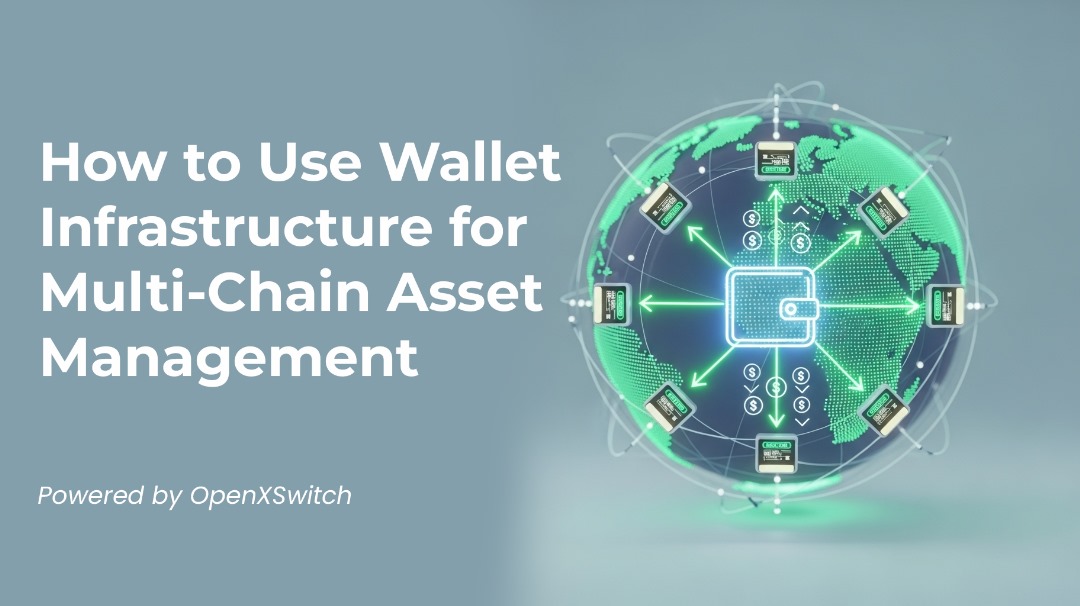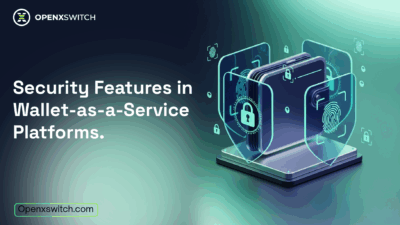Managing digital assets across multiple blockchains has become one of the most common challenges facing developers in the cryptocurrency space. When your assets are scattered across Ethereum, Polygon, Binance Smart Chain, and other networks, simple tasks become complicated orchestrations of bridging protocols. A multi-chain wallet infrastructure addresses this fragmentation by providing a unified system for managing assets regardless of which blockchain they reside on.
Understanding the Multi-Chain Challenge
The blockchain ecosystem has evolved into a multi-chain reality. Developers building decentralized applications no longer target a single network. DeFi protocols span multiple chains to capture liquidity, and users hold assets on different chains for various reasons. Ethereum for security, Polygon for low fees, Arbitrum for speed. This diversity creates operational complexity that traditional single-chain wallets cannot handle efficiently.
Multi-chain wallet infrastructure solves this by abstracting away the underlying blockchain difficultiy. Instead of managing separate wallets, private keys, and interfaces for each network, developers can interact with a unified API that handles cross-chain operations internally. Modern solutions like OpenXSwitch support over 700 tokens across 15 major blockchains spanning both UTXO and EVM families, giving developers comprehensive coverage without the integration headache.
Core Functions of Multi-Chain Wallet Infrastructure
Simplified asset transfers eliminate the need to manually bridge tokens between networks. The infrastructure detects which chain holds your assets and which chain needs them, then automatically routes the transfer through the appropriate bridging protocol. When a user wants to move USDC from Ethereum to Polygon, the system handles the lock-and-mint mechanism, gas fee calculation, and confirmation tracking automatically.
Unified address management means developers work with a single address format across all supported chains. The infrastructure derives chain-specific addresses from a master key, maintaining consistency while respecting each blockchain’s address requirements. Cross-chain smart contract interactions enable developers to trigger contract functions on any supported blockchain through a consistent interface, managing nonce tracking and handling chain-specific requirements automatically. Real-time balance tracking aggregates holdings across all connected chains, providing accurate, up-to-date information about user assets without multiple API calls.
Learn more about: OpenXSwitch | The Infrastructure Layer for Institutional Digital Asset Management
Implementing Multi-Chain Asset Swaps
Walking through a practical implementation demonstrates how these functions work together. Start by initializing the wallet infrastructure with your API credentials and specifying which chains you want to support. For detailed setup instructions, developers can reference the comprehensive documentation at https://openxswitch.readme.io/reference/welcome, which covers authentication, chain configuration, and endpoint structure.
The infrastructure handles the complex coordination automatically, by approving tokens, initiating transactions, monitoring confirmations, tracking cross-chain transfers, and confirming final receipt. OpenX Switch’s support for major EVM chains and UTXO-based networks means this same approach works whether you’re swapping ETH to MATIC or BTC to SOL.
Quantifying the Benefits of Multichain
Multi-chain wallet infrastructure delivers measurable improvements. Development time by exchanges and digital asset businesses drops from three to four months for native integrations across five blockchains to two to three weeks with unified infrastructure. Code maintenance becomes dramatically simpler since developers work with one codebase that supports all chains. When a blockchain updates its interface, the infrastructure provider handles the changes while your application code remains unchanged.
User experience improves through faster transactions and reduced friction. Users no longer manually bridge assets before using your application or maintain separate wallets for each chain. Gas optimization happens automatically as the infrastructure routes operations through cost-effective paths. For developers ready to implement these capabilities, visiting openxswitch.com provides access to the platform and developer tools needed to get started.
Best Practices for Implementation
The future of blockchain applications is undeniably multi-chain. Users expect seamless access to opportunities across different networks without technical barriers. Developers who adopt multi-chain wallet infrastructure position their applications to meet these expectations while reducing development complexity and maintenance overhead. With comprehensive solutions supporting hundreds of tokens across major blockchain families and virtually free internal swaps for business users, the technical and economic foundation for true blockchain interoperability is already available and ready for implementation.
👉 Visit www.openxswitch.com or you can email us an sales@openxswitch.com for easy access
👉 You can also book a call here for more inquiries



